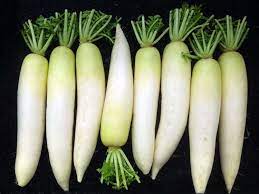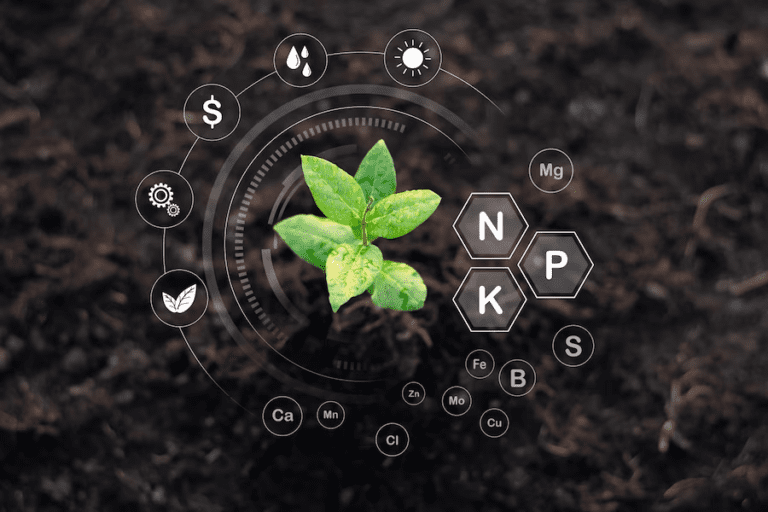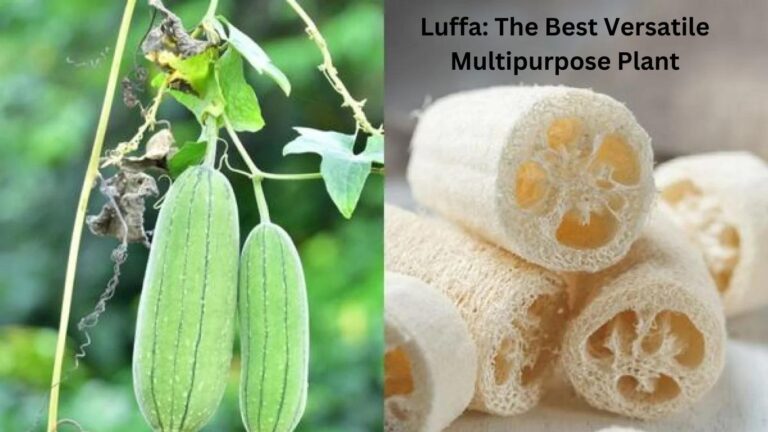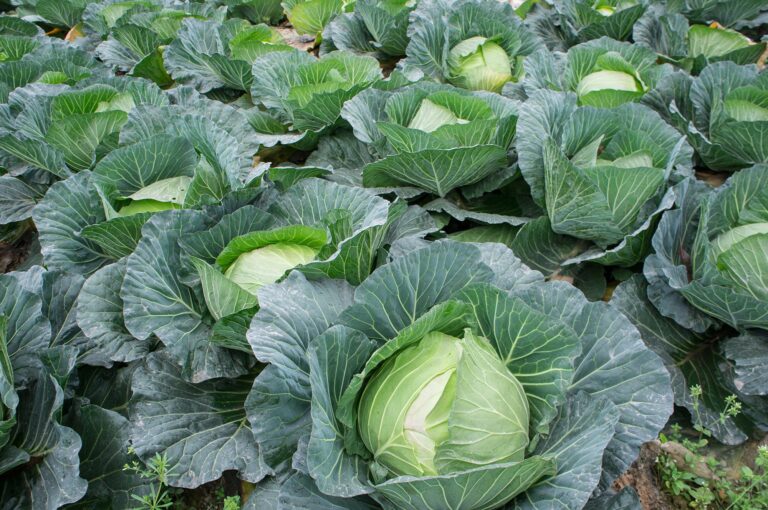Growing Daikon Radish: A Crunchy and Mild Treat
Are you ready to add a crunchy and mild delight to your garden with the versatile daikon radish? Did you know that daikon radishes not only offer a refreshing crunch but also bring a subtle flavor to your dishes? Growing daikon radishes can be a rewarding experience, whether you’re a seasoned gardener or just starting out.
Join us as we explore the world of cultivating these nutritious root vegetables, sharing expert tips and tricks to help you grow a successful daikon crop. Get ready to enjoy the crisp texture and mild taste of homegrown daikon radishes in your salads, stir-fries, and more. Let’s dive in and elevate your culinary creations with this delightful garden treat!
Table of Contents
Fertilization and Nutrient Requirements: Explore the nutritional needs of daikon radishes and how to provide proper fertilization.
Here are some key points on fertilizing daikon radishes to ensure healthy growth and a bountiful harvest:

- Soil Preparation:
- Daikon radishes grow best in loose, well-draining soil with a pH range of 5.8 to 6.8.
- If your soil is compacted, consider loosening it with a broadfork before planting to create a favorable environment for root development.
- Fertilization:
- Daikon radishes benefit from regular fertilization.
- Apply a balanced organic fertilizer according to the manufacturer’s instructions or side dress with compost or well-rotted manure.
- Avoid excessive nitrogen application, as it can lead to large greens but small roots.
- Timing:
- Daikon radishes are winter radishes, meaning they grow best when allowed to mature in colder weather.
- Plant them in mid-summer to early fall, depending on your growing zone.
- Sow seeds approximately two months before your predicted first frost date.
- Direct Seeding:
- Sow daikon radish seeds directly into the soil.
- Plant one seed every inch in rows spaced 12 to 18 inches apart.
- Seeds should be planted at a depth of 1/4 to 1/2 inch.
Remember to perform a soil test to assess nutrient levels and adjust fertilization accordingly. By following these guidelines, you’ll support healthy daikon radish growth and maximize your harvest! 🌱🥕.
The following table explains about the nutritional needs of daikon radishes and proper fertilization:
| Nutrient | Requirement (ppm) | Fertilization Method |
|---|---|---|
| Nitrogen (N) | 120 – 150 | Apply 100-150 ppm N at planting |
| Phosphorus (P) | 60 – 80 | Apply 50-60 ppm P at planting |
| Potassium (K) | 150 – 200 | Apply 120-150 ppm K at planting |
| Calcium (Ca) | 100 – 150 | Incorporate 100-150 ppm Ca into soil |
| Magnesium (Mg) | 20 – 40 | Apply 15-20 ppm Mg at planting |
| Sulfur (S) | 20 – 30 | Apply 15-20 ppm S at planting |
| Boron (B) | 0.5 – 1.0 | Apply 0.5-1.0 ppm B at planting |
| Zinc (Zn) | 0.5 – 1.0 | Apply 0.5-1.0 ppm Zn at planting |
| Manganese (Mn) | 20 – 50 | Apply 15-20 ppm Mn at planting |
| Copper (Cu) | 0.5 – 1.0 | Apply 0.5-1.0 ppm Cu at planting |
Additionally, organic fertilizers such as compost or well-rotted manure can be incorporated into the soil prior to planting to provide a slow-release source of nutrients. Regular monitoring of the plant’s growth and appearance can help identify any nutrient deficiencies, which can be addressed through targeted fertilization. By ensuring the daikon radishes receive the right amount and balance of nutrients, gardeners can promote vigorous growth and obtain a bountiful harvest.
As a passionate gardener, I recently tried TRUE Organic Purpose Liquid Fertilizer in my vegetable garden, focusing on cultivating radishes. I was impressed by its organic composition, which aligned perfectly with my commitment to natural gardening practices. Upon application, I noticed how easily the liquid fertilizer was absorbed by the soil, ensuring efficient nutrient delivery to my radish plants.
Over the course of the growing season, I observed significant improvements in the health and vitality of my radishes. They exhibited robust growth and vibrant foliage, indicating a well-balanced nutrient uptake facilitated by this fertilizer. Moreover, I appreciated the versatility of TRUE Organic Purpose Liquid Fertilizer, as it not only nourished my radishes but also supported the overall health of my garden ecosystem. Overall, my experience with this fertilizer was highly positive, and I would recommend it to fellow gardeners seeking an effective organic solution for their vegetable crops.
- Organic: TRUE Organic Purpose Liquid Fertilizer is made from organic ingredients, which is beneficial for promoting soil health and supporting natural ecosystems.
- Versatile: This fertilizer can be used for a variety of gardening purposes, including indoor and outdoor plants, flowers, vegetables, and fruits, making it suitable for a wide range of gardening needs.
- All-in-One Solution: It claims to be a multi-purpose fertilizer, offering nutrients that support plant growth, flowering, and fruiting stages, simplifying the fertilization process for gardeners.
- Easy Application: Being a liquid fertilizer, it’s easy to apply and can be quickly absorbed by plants, providing fast results.
- Environmentally Friendly: As an organic product, it’s less likely to harm beneficial soil organisms or leach harmful chemicals into the environment compared to synthetic fertilizers.
- Cost: Organic fertilizers tend to be more expensive than synthetic counterparts, which could be a downside for budget-conscious gardeners, especially if used frequently or for larger gardening projects.
- Availability: Depending on location, availability of TRUE Organic Purpose Liquid Fertilizer may be limited compared to conventional fertilizers found in most garden centers.
- Nutrient Concentration: While organic fertilizers offer numerous benefits, their nutrient concentration may be lower compared to synthetic options, requiring more frequent applications or larger quantities to achieve desired results.
- Odor: Some organic fertilizers can have a strong odor due to the natural ingredients used, which may be unpleasant for some users during application.
- Slow Release: Organic fertilizers typically release nutrients more slowly compared to synthetic fertilizers, requiring patience as plants may take longer to respond to treatment.
Pest and Disease Management: Identify common pests and diseases that may affect daikon radish plants and effective management strategies.
Daikon radish plants, like any other crop, are susceptible to a variety of pests and diseases that can impact their growth and overall health.
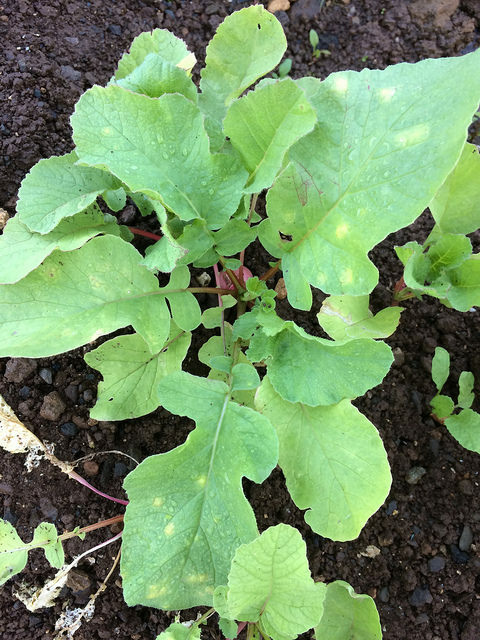
- Pest Management:
- Flea Beetles (Phyllotreta spp.):
- Flea beetle cause small, round holes in daikon radish leaves.
- Preventive measures include:
- Crop Rotation: Avoid planting radishes in the same location year after year.
- Row Covers: Use row covers to protect plants from flea beetle infestations.
- Cabbage Root Maggot (Delia radicum):
- These maggots attack radish roots, leading to wilting and death.
- Preventive actions:
- Crop Rotation: Rotate crops to prevent maggot buildup in the soil.
- Physical Barriers: Use row covers or floating row covers to prevent adult flies from laying eggs near the radish roots.
- Flea Beetles (Phyllotreta spp.):
- Disease Management:
- Fusarium Wilt (Fusarium oxysporum):
- Fusarium wilt causes yellowing and wilting of radish leaves.
- Management strategies:
- Sanitation: Remove and destroy infected plants promptly.
- Resistant Varieties: Choose radish varieties resistant to Fusarium wilt.
- Well-Drained Soil: Ensure proper drainage to prevent waterlogged conditions.
- Clubroot (Plasmodiophora brassicae):
- Clubroot results in swollen and deformed radish roots.
- Control measures:
- Soil pH: Maintain soil pH between 6.0 and 7.2 (slightly acidic to neutral).
- Avoid Compaction: Prevent soil compaction to reduce clubroot risk.
- Fusarium Wilt (Fusarium oxysporum):
Incorporating effective pest and disease management strategies is vital to ensure the success of daikon radish cultivation. By being vigilant, employing preventive methods, and promptly addressing any signs of infestation or disease, gardeners can help protect their daikon radish plants and optimize their growth and yield.
Weed Control: Discover effective weed control methods to keep your daikon radish patch weed-free.
When it comes to growing daikon radishes, weed control is crucial to ensure optimal growth and yield. Weeds can compete with your radishes for essential nutrients, water, and sunlight, hindering their growth and development. To keep your daikon radish patch weed-free, there are several effective weed control methods you can employ.
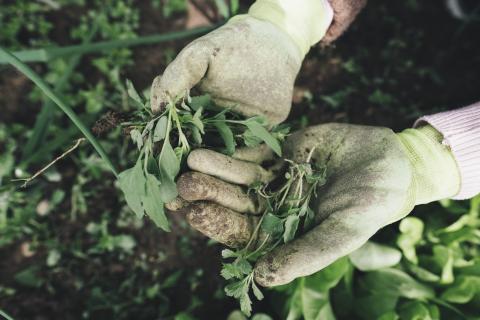
- Hand-Weeding:
- Description: Manually remove weeds by pulling them out from the roots.
- Suitability: Best for small-scale gardens or areas with minimal weed growth.
- Procedure:
- Identify weeds among your radish plants.
- Grasp the weed near its base and gently pull it out, ensuring you remove the entire plant, including the root system.
- Dispose of the weeds away from the garden to prevent reseeding.
- Mulching:
- Description: Apply a layer of organic mulch (such as straw or wood chips) around your radish plants.
- Purpose:
- Suppress weed growth by blocking sunlight from reaching weed seeds.
- Create a physical barrier that makes it easier to remove any weeds that do sprout.
- Procedure:
- Spread a 2-3 inch layer of mulch around the base of each radish plant.
- Ensure the mulch covers the soil surface but does not touch the radish stems.
- Replenish the mulch as needed to maintain its thickness.
The following table explains about the weed control methods for daikon radish patch:
| Weed Control Method | Effectiveness | Cost | Labor Required | Frequency of Application |
|---|---|---|---|---|
| Mulching | High | Moderate | Low | Once every 2-3 months |
| Hand Weeding | High | Low | High | Weekly |
| Cover Cropping | Moderate | Low | Moderate | Seasonal |
| Plastic Mulch | High | Moderate | Low | Once per growing season |
Implementing effective weed control methods is essential for maintaining a healthy and thriving daikon radish patch. By promptly addressing weed growth, you can ensure your radishes have the necessary resources to flourish and produce bountiful harvests.
Experiment with different techniques and find the method that works best for your specific circumstances and gardening preferences. With diligent weed control, your daikon radishes will have the best chance to thrive and delight you with their crisp and flavorful roots.
Harvesting: Learn how to determine the right time for harvesting
Determining the right time for harvesting daikon radishes is crucial to ensure optimal flavor, texture, and nutrient content. These root vegetables require careful monitoring and evaluation to harvest them at their peak. The size and appearance of the radish can provide valuable insights into its maturity and readiness for harvest.
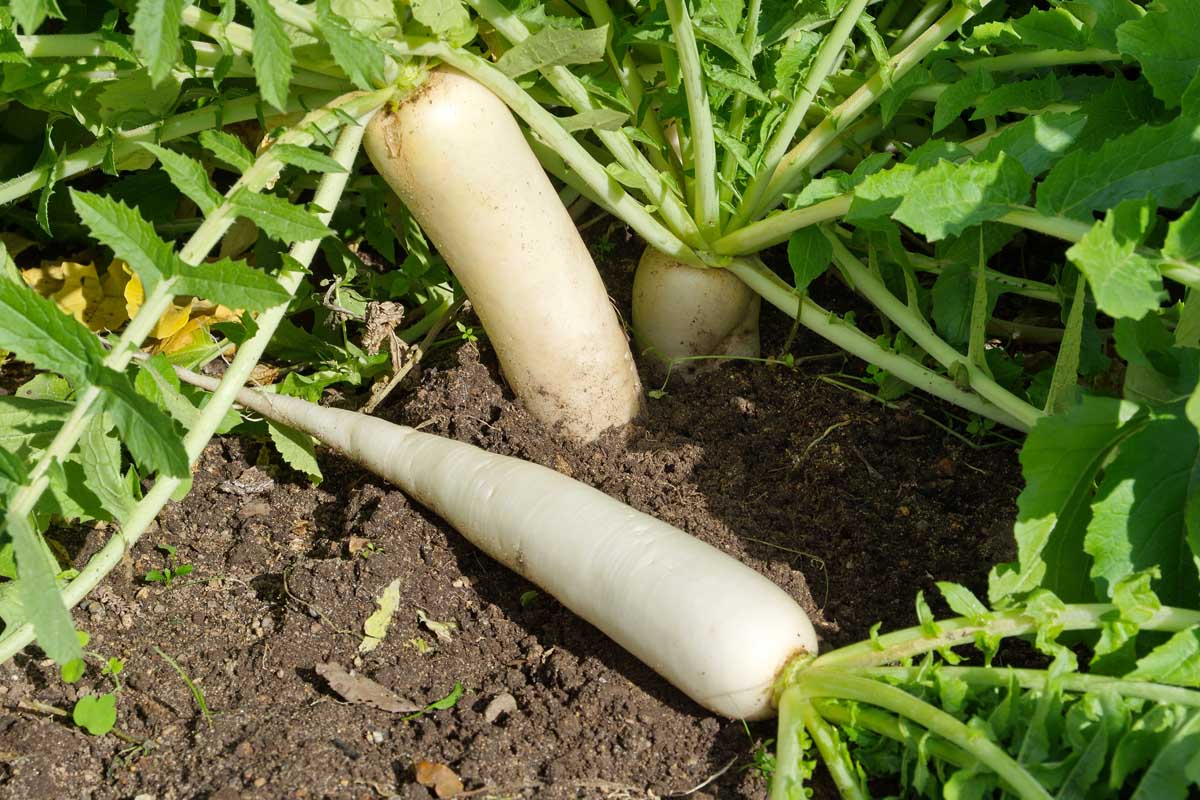
- Size Consideration:
- Daikon radishes typically reach maturity when they are about 8-12 inches long and 1-2 inches in diameter.
- However, check specific recommendations for the variety you are growing, as size requirements may vary.
- Foliage Appearance:
- As radishes near maturity, their foliage starts to yellow and wither.
- This natural process indicates that nutrients have been stored in the roots, making the radishes ready for harvest.
- Monitoring:
- Closely observe the color of the foliage.
- Harvest radishes promptly when the foliage begins to yellow to ensure optimal flavor and texture.
Remember to pay attention to these indicators, and you’ll enjoy delicious daikon radishes from your garden! 🌱🥕🌿.
In our upcoming sections, we will further explore the best practices for storing and enjoying your freshly harvested daikon radishes.
Watch video for more information:
FAQ
How do I determine the right time for harvesting daikon radishes?
The right time for harvesting daikon radishes is typically around 45-60 days after sowing the seeds. You can check if they are ready by gently pulling one out of the ground and examining its size and shape. The radish should be firm, crisp, and have reached the desired size for consumption.
What are the nutritional needs of daikon radishes?
Daikon radishes require a well-balanced nutrient supply for optimal growth. They primarily need nitrogen, phosphorus, and potassium. You can provide proper fertilization by using a balanced fertilizer with an NPK ratio of 10-10-10 or a similar composition. Apply the fertilizer according to the instructions on the package.
Are there any common pests and diseases that can affect daikon radish plants?
Yes, daikon radish plants can be susceptible to various pests and diseases. Common pests include flea beetles, aphids, and root maggots. Diseases such as clubroot, powdery mildew, and black rot can also affect the plants. It is important to regularly inspect your plants and take appropriate measures to manage and control these pests and diseases.
What are some effective management strategies for dealing with pests and diseases in daikon radish plants?
To manage pests, you can use organic insecticides, introduce beneficial insects, or use physical barriers like row covers. For diseases, crop rotation, proper sanitation, and planting disease-resistant varieties can be effective strategies. It is also crucial to promptly remove and dispose of any infected plants to prevent the spread of diseases.
How can I control weeds in my daikon radish patch?
Weed control is essential to ensure the healthy growth of daikon radishes. Manual methods such as hand pulling or hoeing can be effective for small patches. Mulching with organic materials like straw or wood chips can also help suppress weed growth. Additionally, applying pre-emergent herbicides or using specialized weed control fabric can be effective weed control methods.
Can daikon radishes be stored after harvesting?
Yes, daikon radishes can be stored after harvesting. To store them, remove the foliage and place the radishes in a cool and humid environment. A root cellar or a refrigerator with high humidity settings is ideal. Properly stored daikon radishes can last for several weeks, allowing you to enjoy them over an extended period of time.

Studied Agricultural Engineering-Plant Protection at University of California, Davis.
Head of Content writing team at Southelmontehydroponics.com

